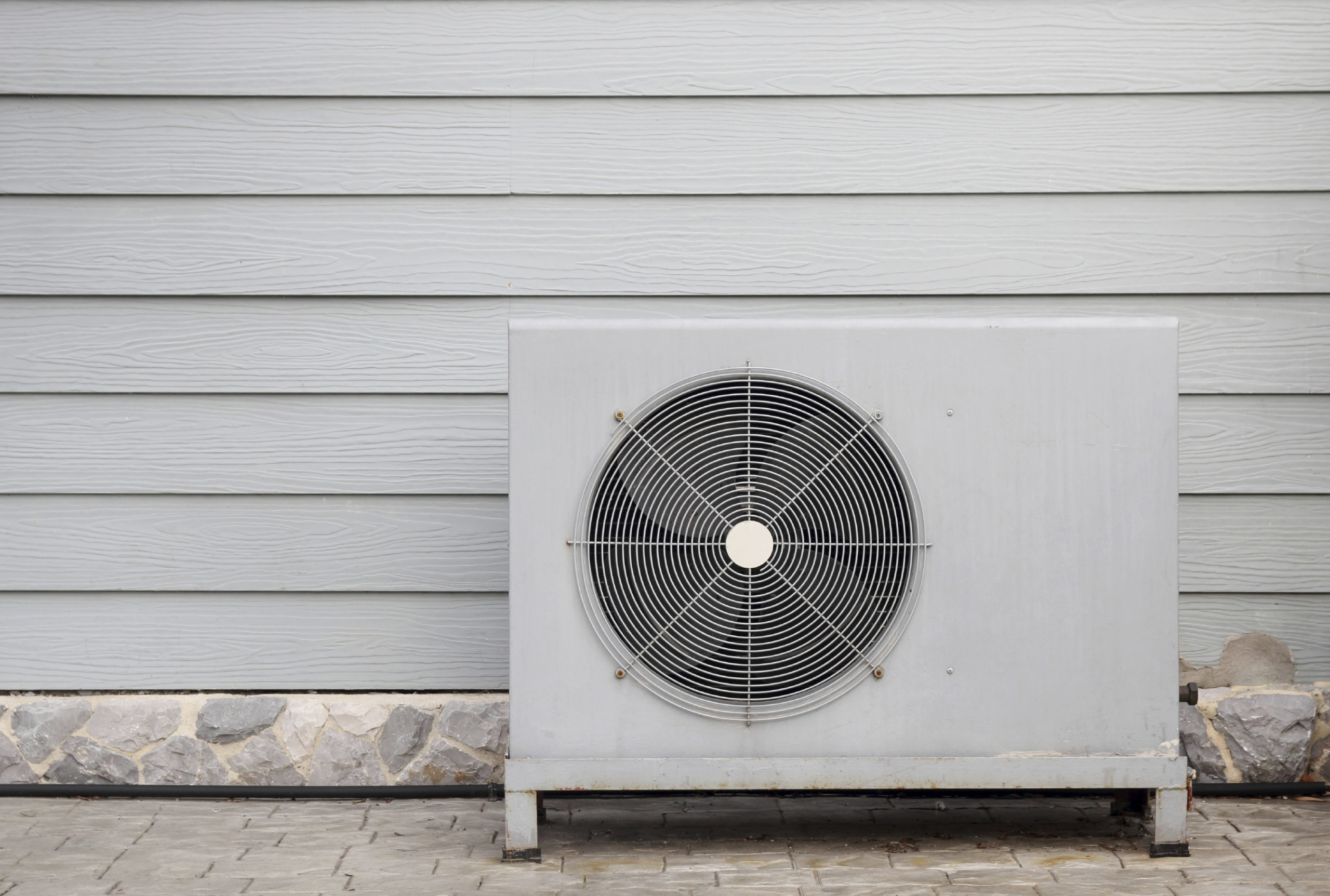
Routine Maintenance
There is no shortage of advice out there about maintaining home air conditioning units. “Replace the filters. Clean the coils. Have a technician check the refrigerant charge. Set your thermostat up.” The list goes on and on. Well, what are these improvements actually worth? Does it make economic sense to complete them?
What is an AC Tune-up?
AC tune-ups include several steps.
- The outdoor and indoor units are both cleaned to remove any dirt or debris that can restrict air flow, reducing equipment efficiency.
- Refrigerant levels are checked and adjusted to be within manufacturers’ specifications.
- Various mechanical components are inspected for wear and potential failure.
The net result is a more efficient and reliable AC system.
The Economics
Air conditioning tune-ups provide a valuable service to homeowners. They restore much of the AC unit’s lost efficiency and capacity. Additionally, tune-ups improve reliability by catching problems before they lead to failures. However, the energy efficiency improvements rarely cover the cost of an annual tune-up.
Recent studies in both the Midwest and California found residential applications saved an average of 100 kWh a year, or approximately $15. Units with a refrigerant charge issue can save two or three times that amount. Savings, of course, vary with the AC load, climate, and how aggressively temperature is controlled.
What You Can Do
Individuals can do a lot of useful maintenance on their AC units. Just be careful to not damage the unit[1]. The primary reason most problems occur for an AC system is excess dirt build-up on the equipment.
Disconnect power to any electrically-powered equipment before working on it. Not sure how? Call a professional.
- Remove the top grate and fan unit to gain access to the inside of the outdoor unit.
- Remove any leaves and debris from both the inside and outside of the unit’s heat exchanger – aluminum fins and tubing.
- Take a hose and spray the coils from the inside of the unit out to push out any dirt that has lodged into the coils.
- Be careful not to bend or otherwise damage the fins on the coils as clean straight fins most effectively reject heat to the outdoors.
- If many fins have been damaged by hail or similar collisions consider purchasing a “fin comb” online to straighten damaged fins.
- Change the furnace filter every three months and keep the majority of the house vents open to maintain proper airflow over the cooling coil in the furnace.
Completing these steps can allow home owners (and renters) to capture a good portion of the savings from AC tune-ups. However, this is not a replacement for nuts and bolts checkups by your HVAC contractor.
[1] Don’t do something you don’t know how to do. If you don’t know what any of these terms mean, that is an indication you should put the tools away and get professional help. No excuses.



